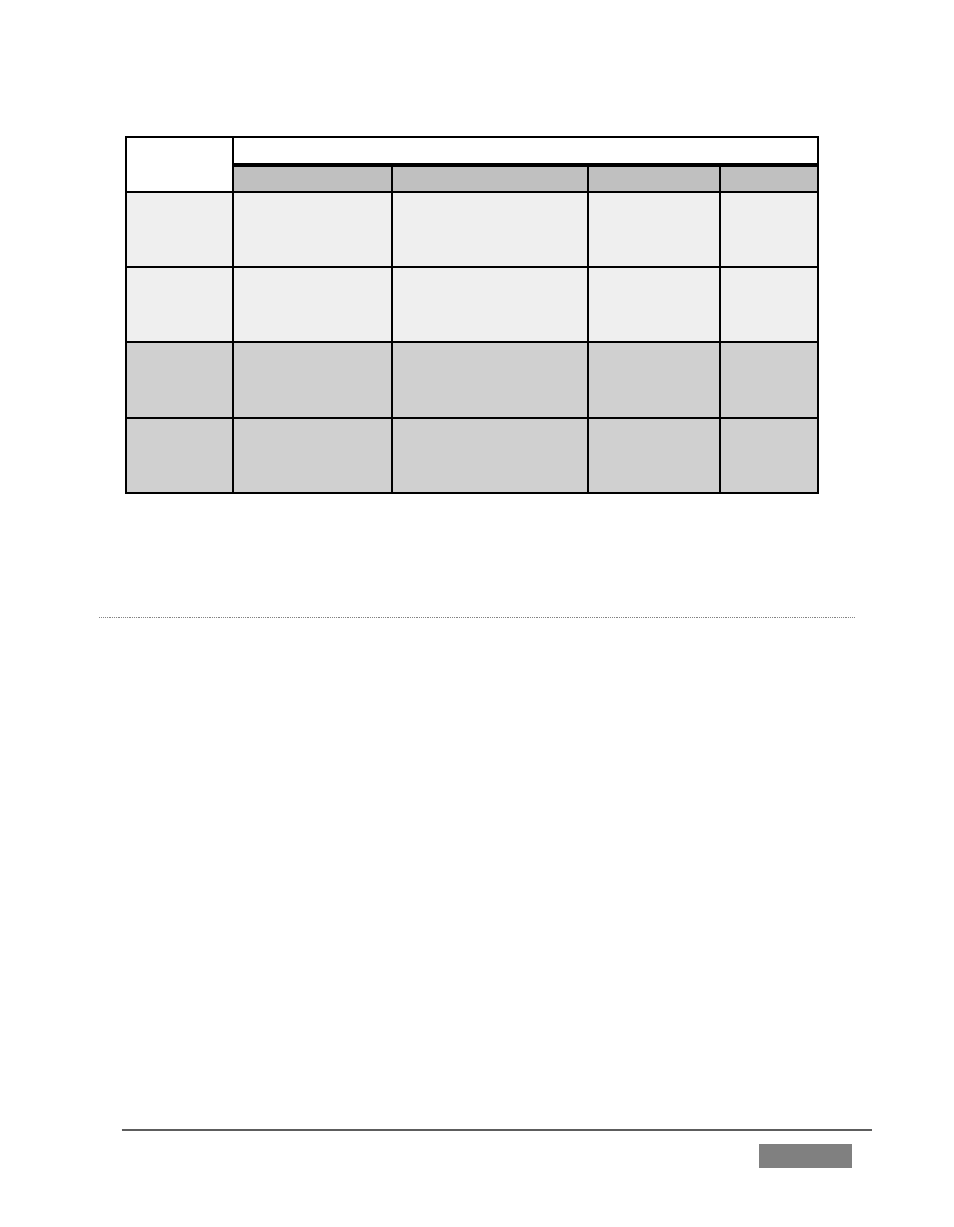NewTek TriCaster 8000 User Manual
Page 277

Page | 261
Bus
Output Connectors
Analog Outputs
SDI Outputs
AES Outputs
HDMI
Master 1
1a, 1b
(Mini: L, R)
1 (channels 1 & 2)
3 (channels 1 & 2)
1a,b
(8-input
models)
1
Master 2
1c, 1d
(8-input
models)
1 (channels 3 & 4)
3 (channels 3 & 4)
1c,d
(8-input
models)
Aux 1
2a, 2b
(All except
Mini)
2 (channels 1 & 2)
2
Aux 2
2c, 2d
(8-input
models)
2 (channels 3 & 4)
However, the standard mapping of busses to outputs can also be modified to suit
your specific needs – See Section 8.1, Output Configuration (Figure 261).
S
UB
-M
IXES AND
‘M
IX
M
INUS
’
At times you may require specially configured audio mixes, typically using one of
TriCaster’s two stereo Aux audio outputs. For instance – some installations call for
sending audio from one or more internal sources (such as a DDR or the Sounds
player) to a secondary distribution system.
Alternatively, you may want a ‘clean’ output from one or more sources for use apart
from the main primary output mix.
Specialized sub-mixes are often referred to as ‘mix-minus,’ since one or more
sources are deliberately subtracted from the main program. Mix-minus capabilities
can be invaluable for productions like ‘phone-in’ shows. The remote caller needs to
be able to hear the interviewer; but if you simply send the primary mix back to him,
he is forced to endure a late-arriving echo of his own voice. Needless to say, this
would be confusing and undesirable.
Suppose your interviewer is speaking into a microphone connected to Input 1. The
audio from your interviewee is routed into Input 2.
